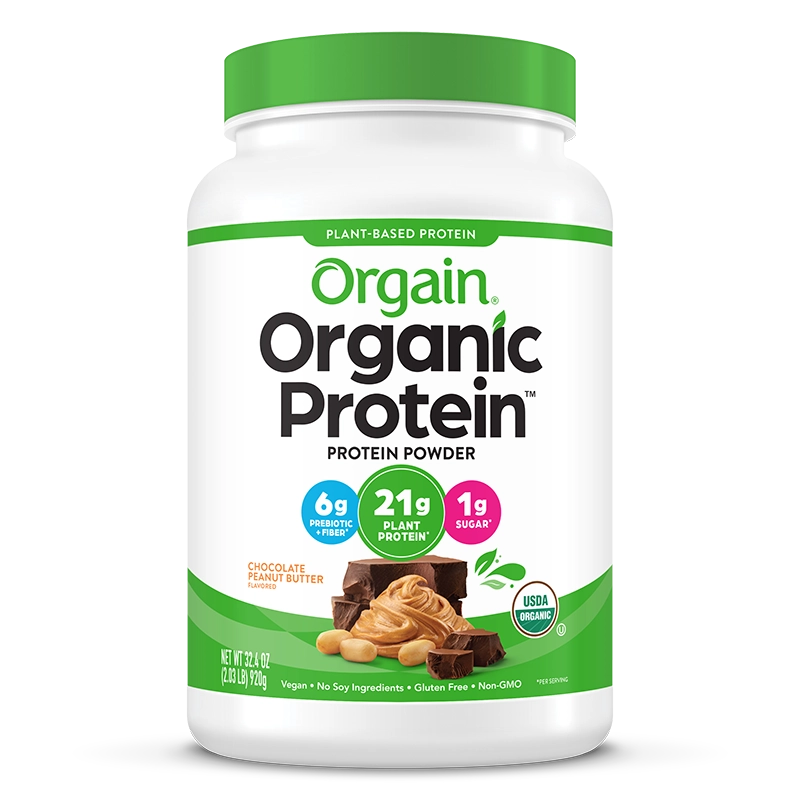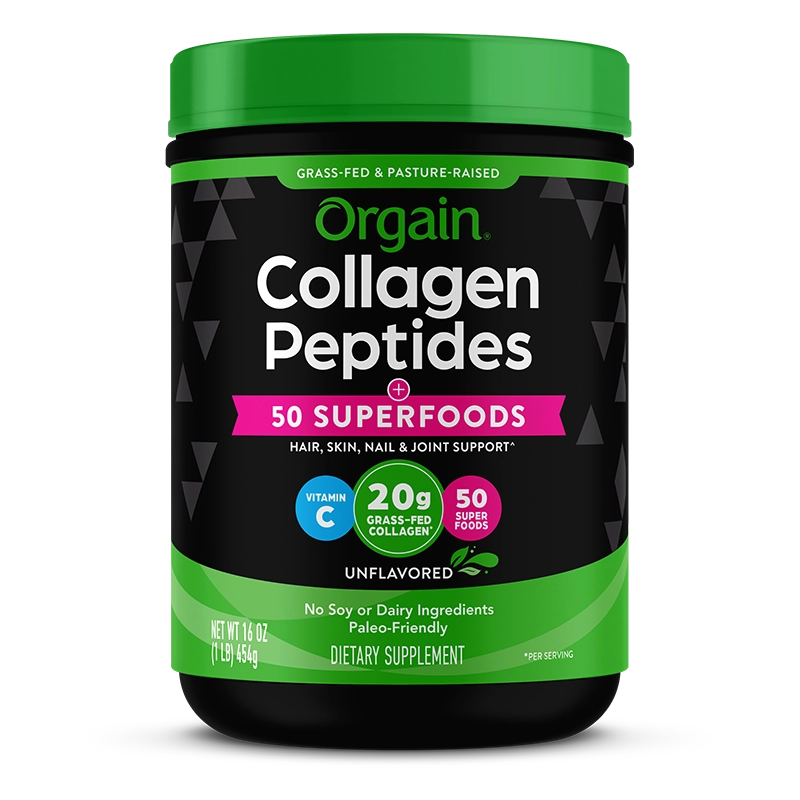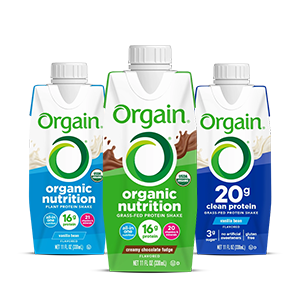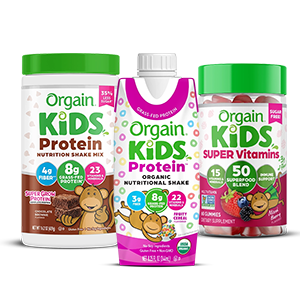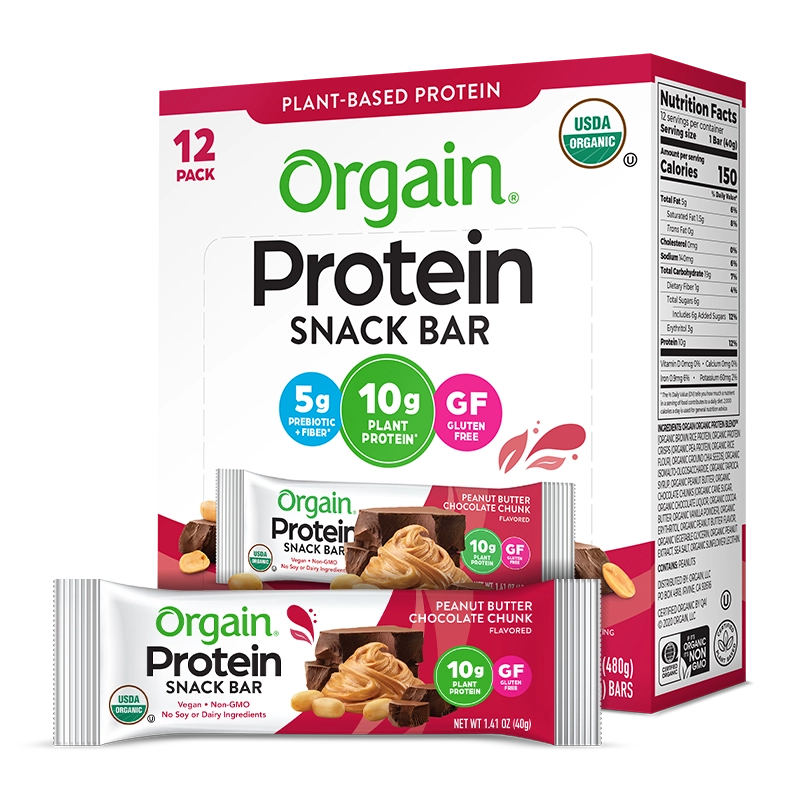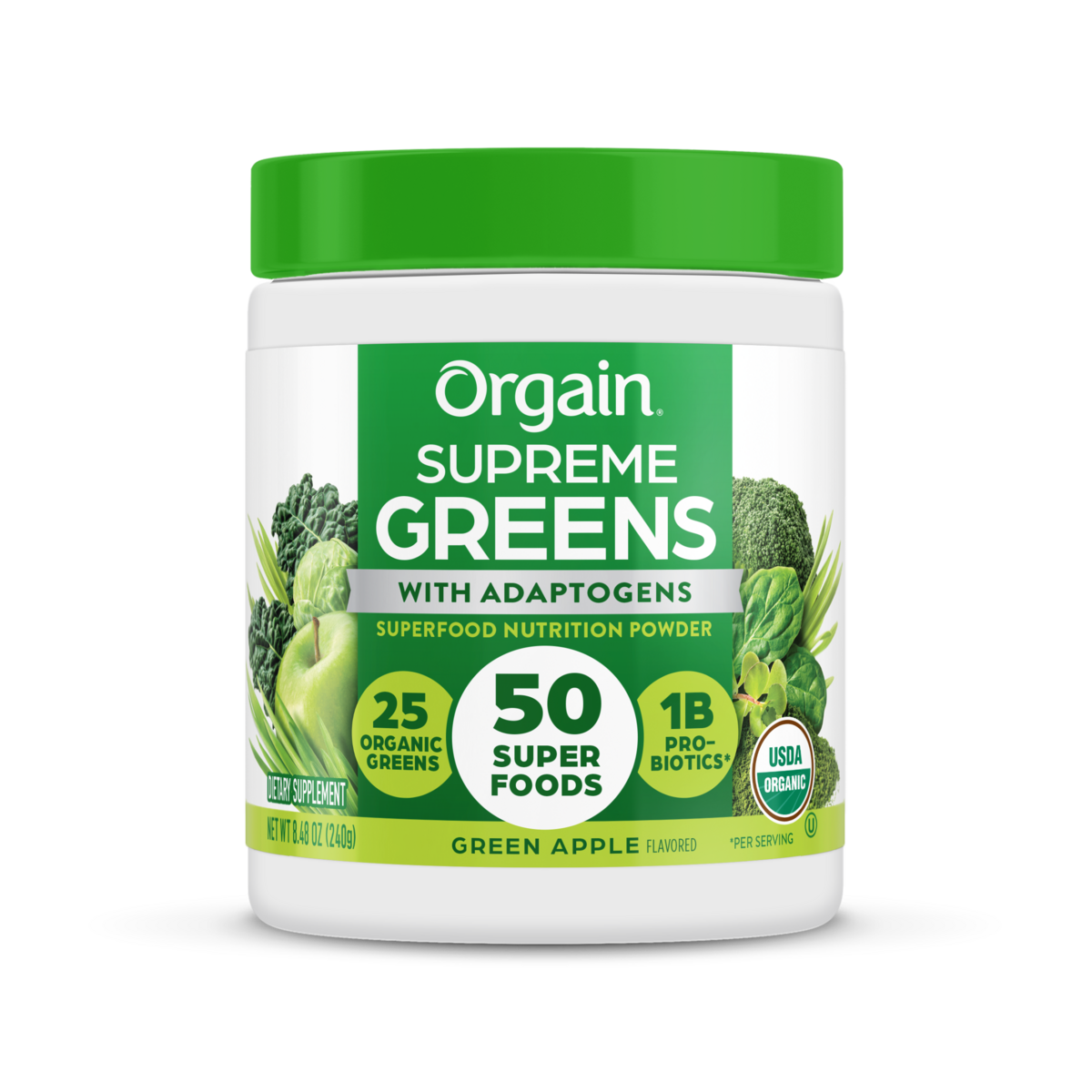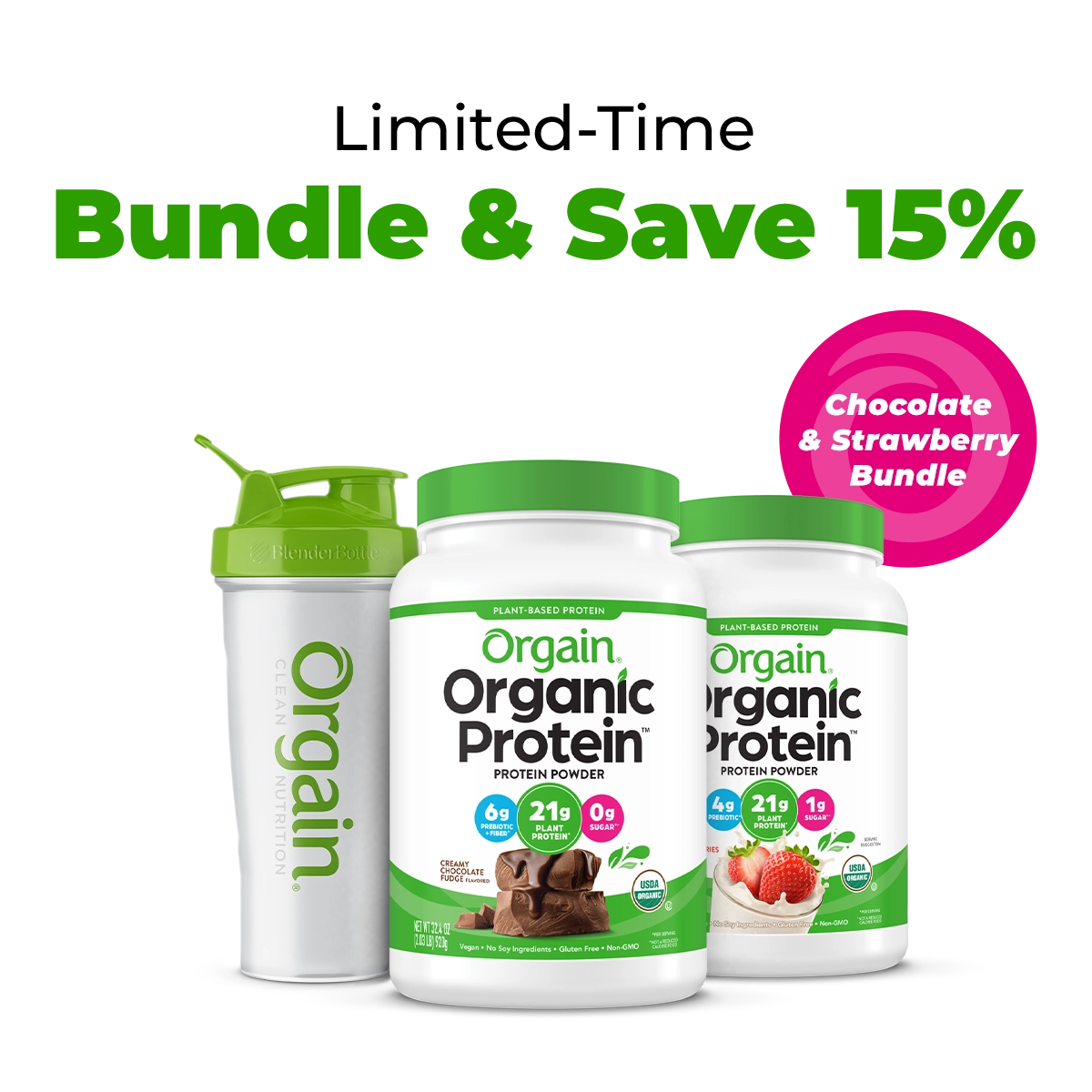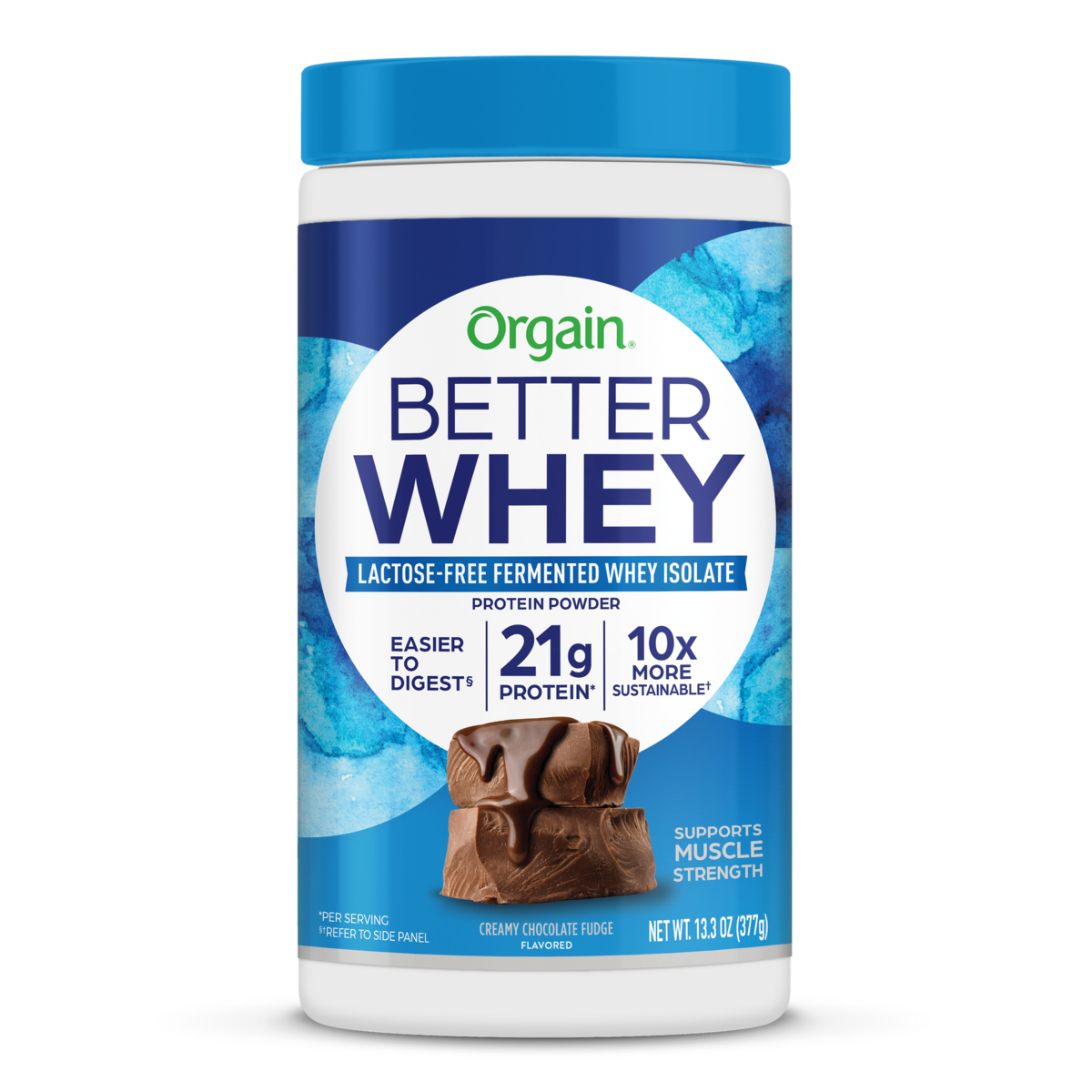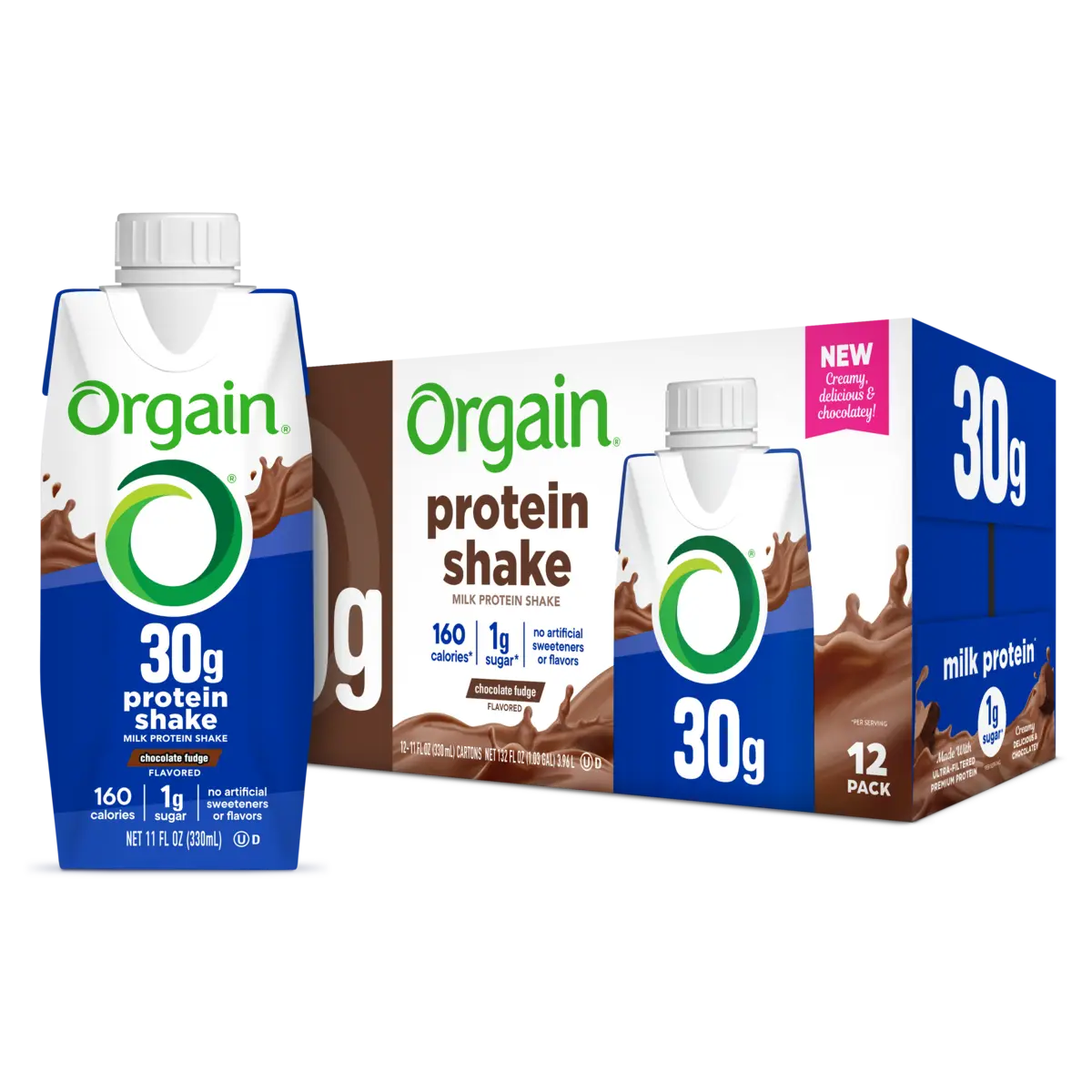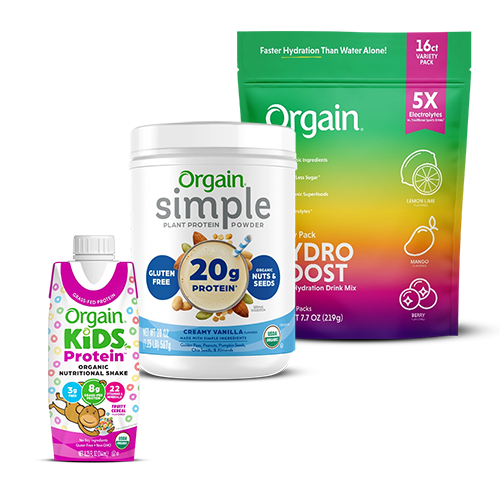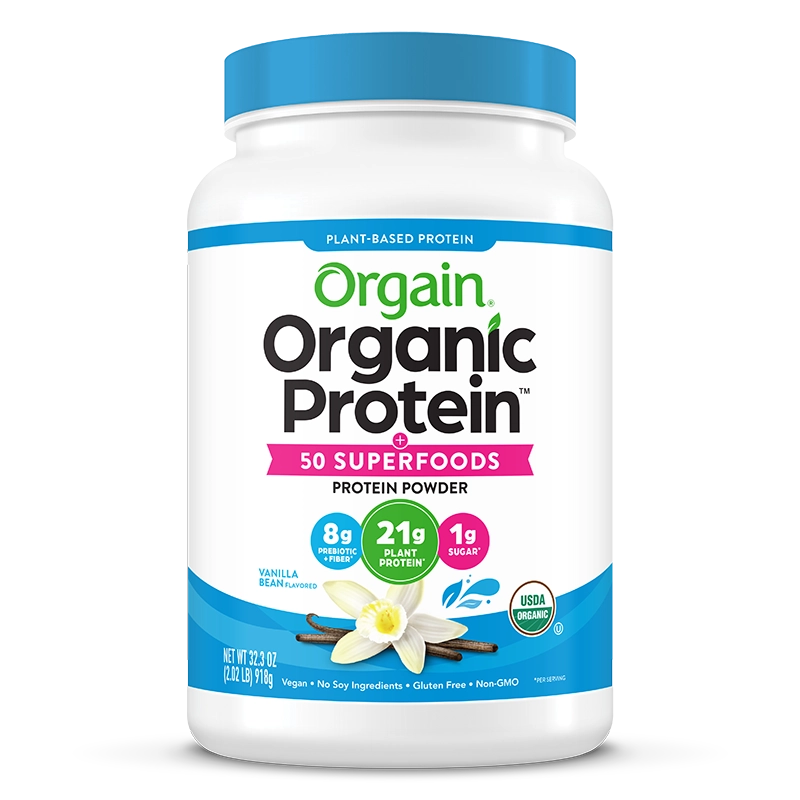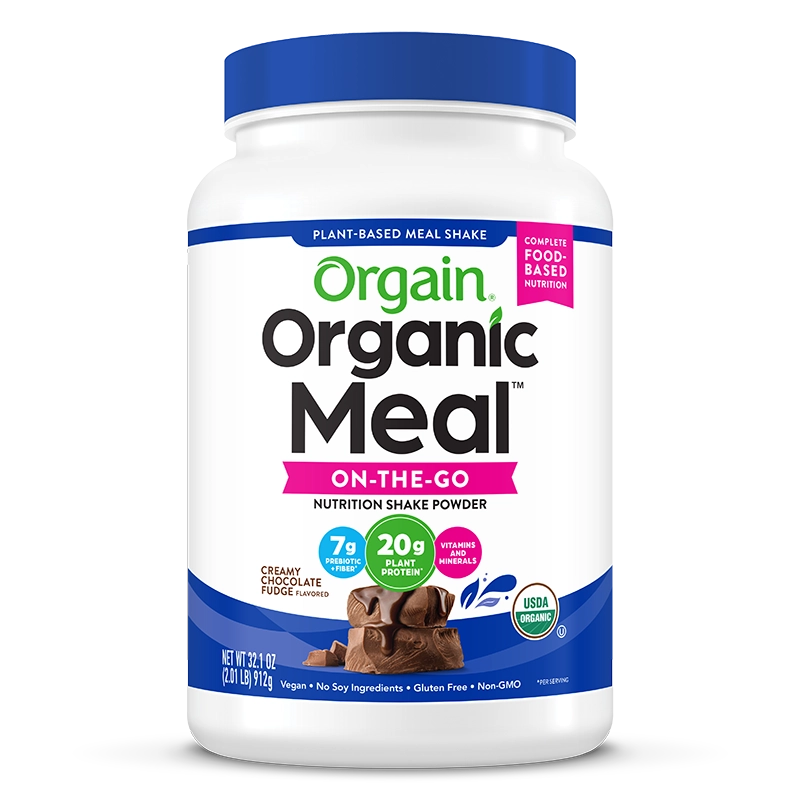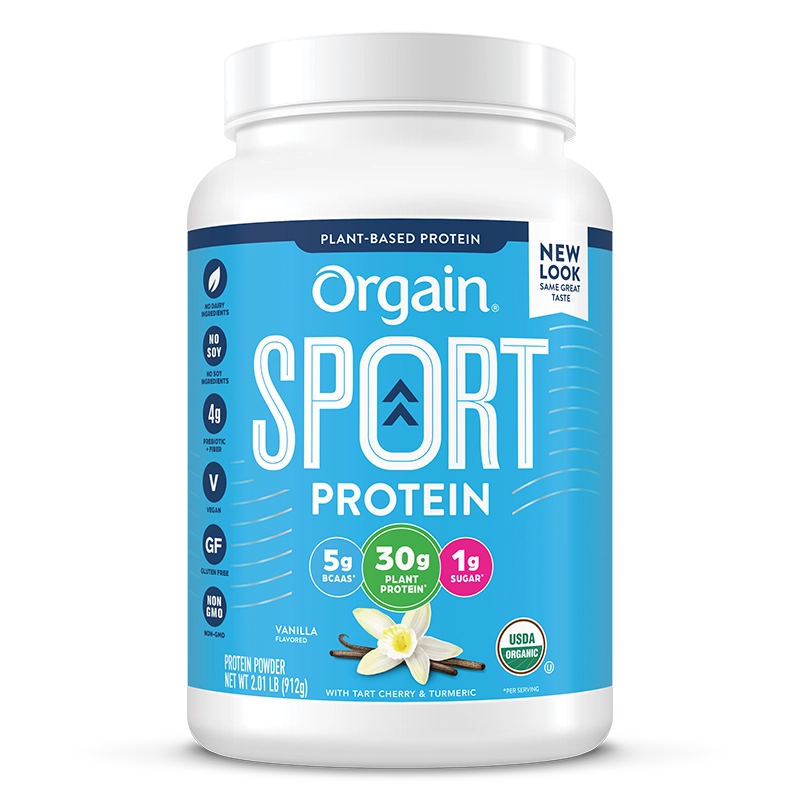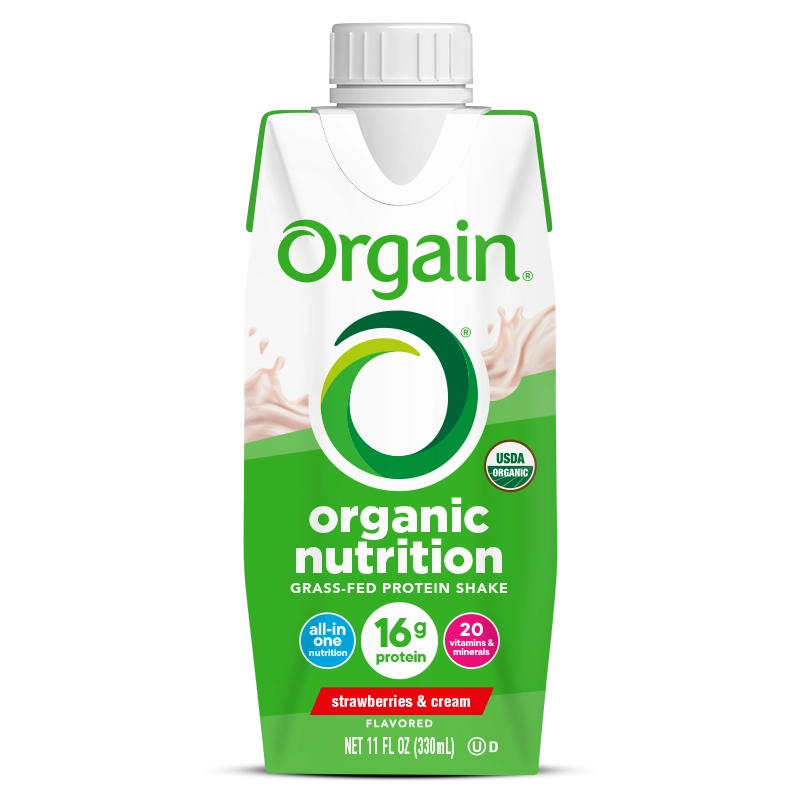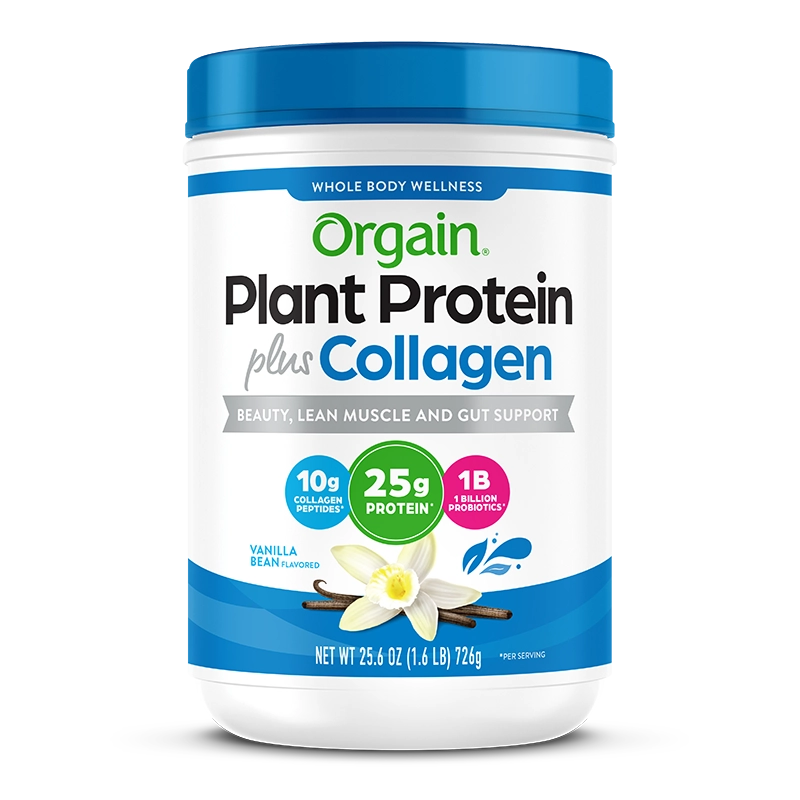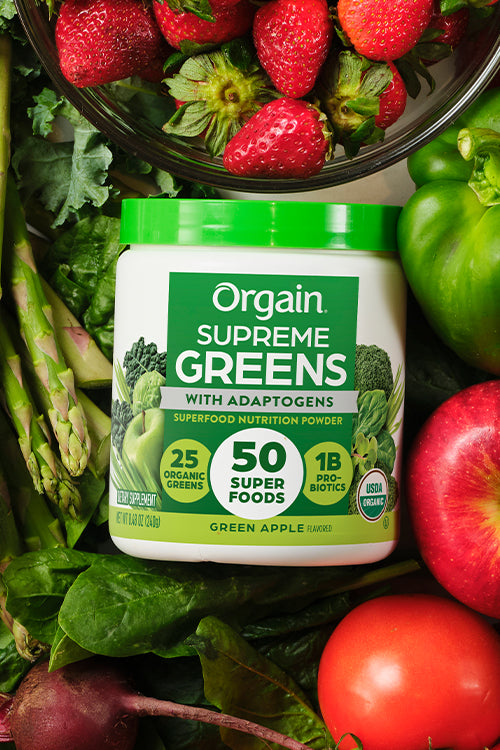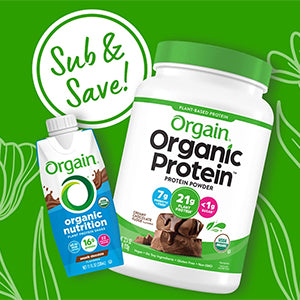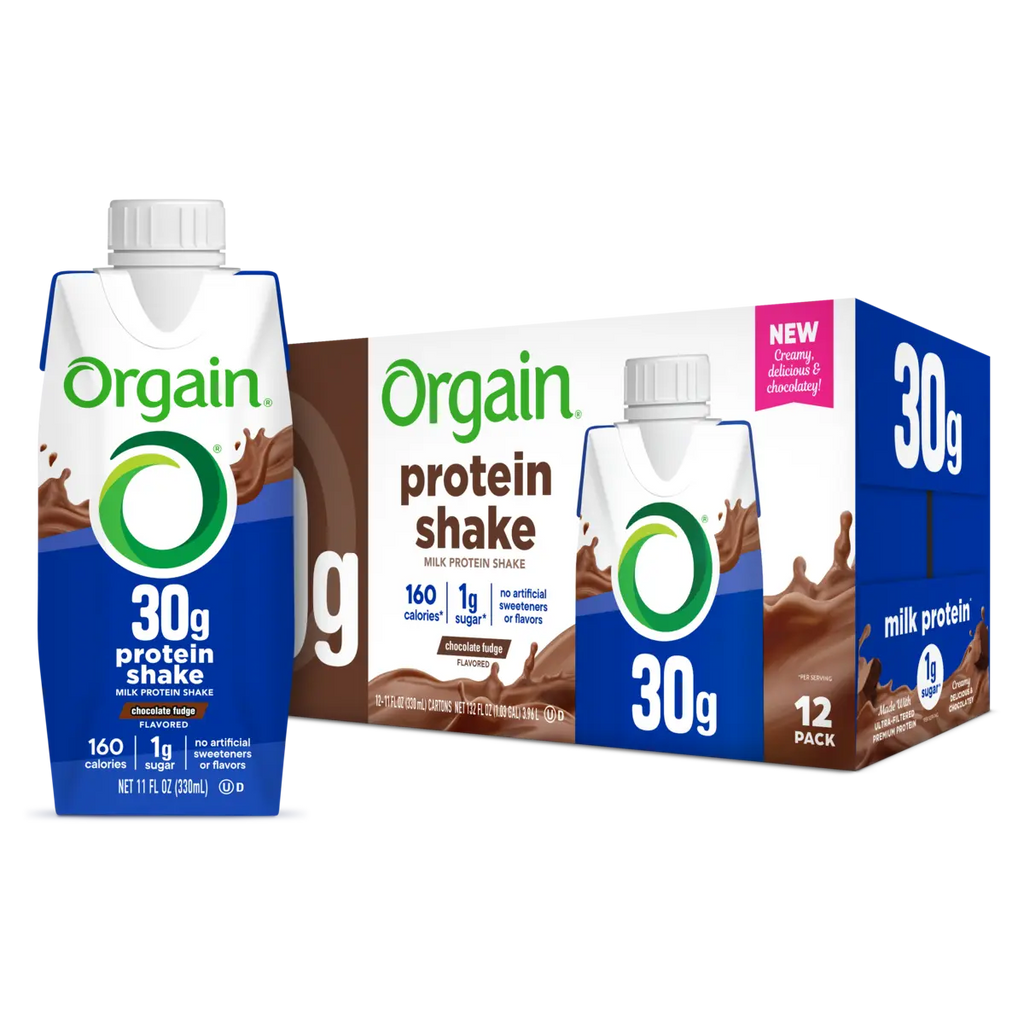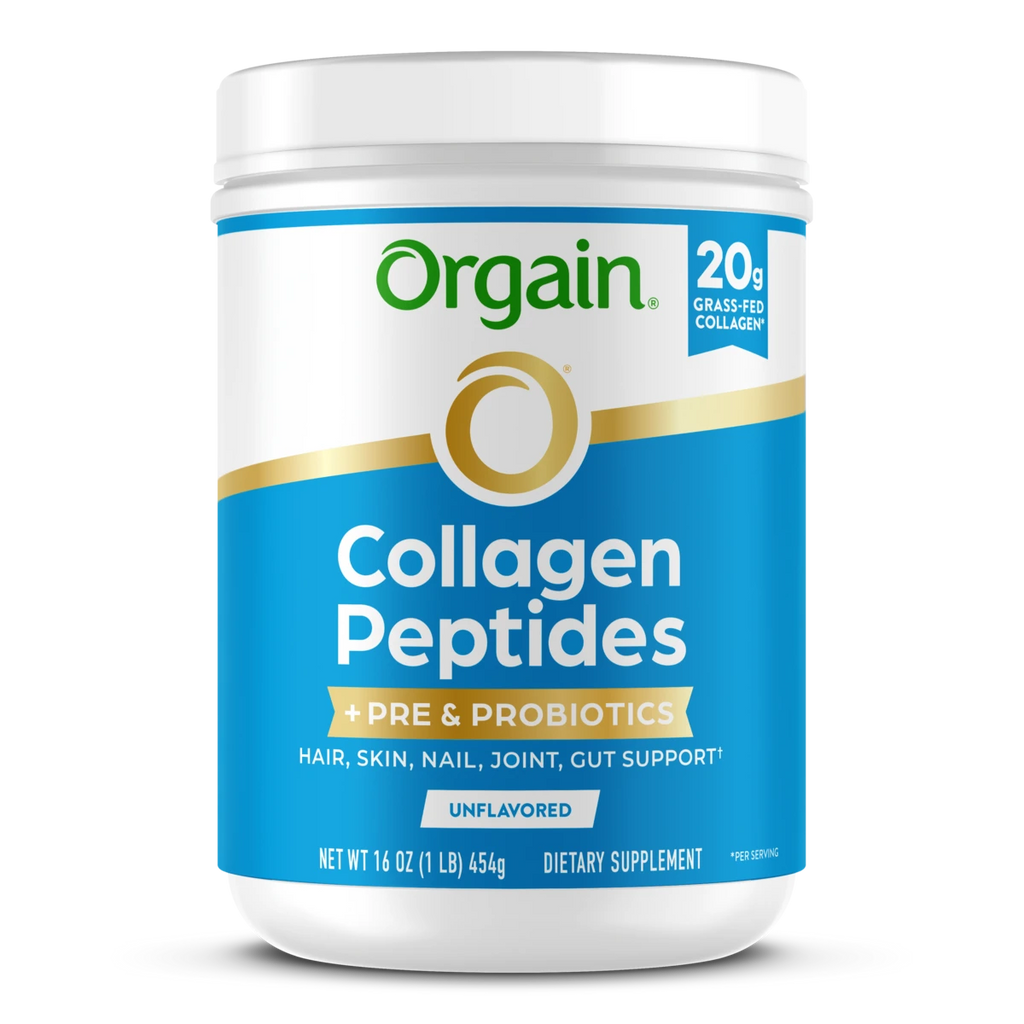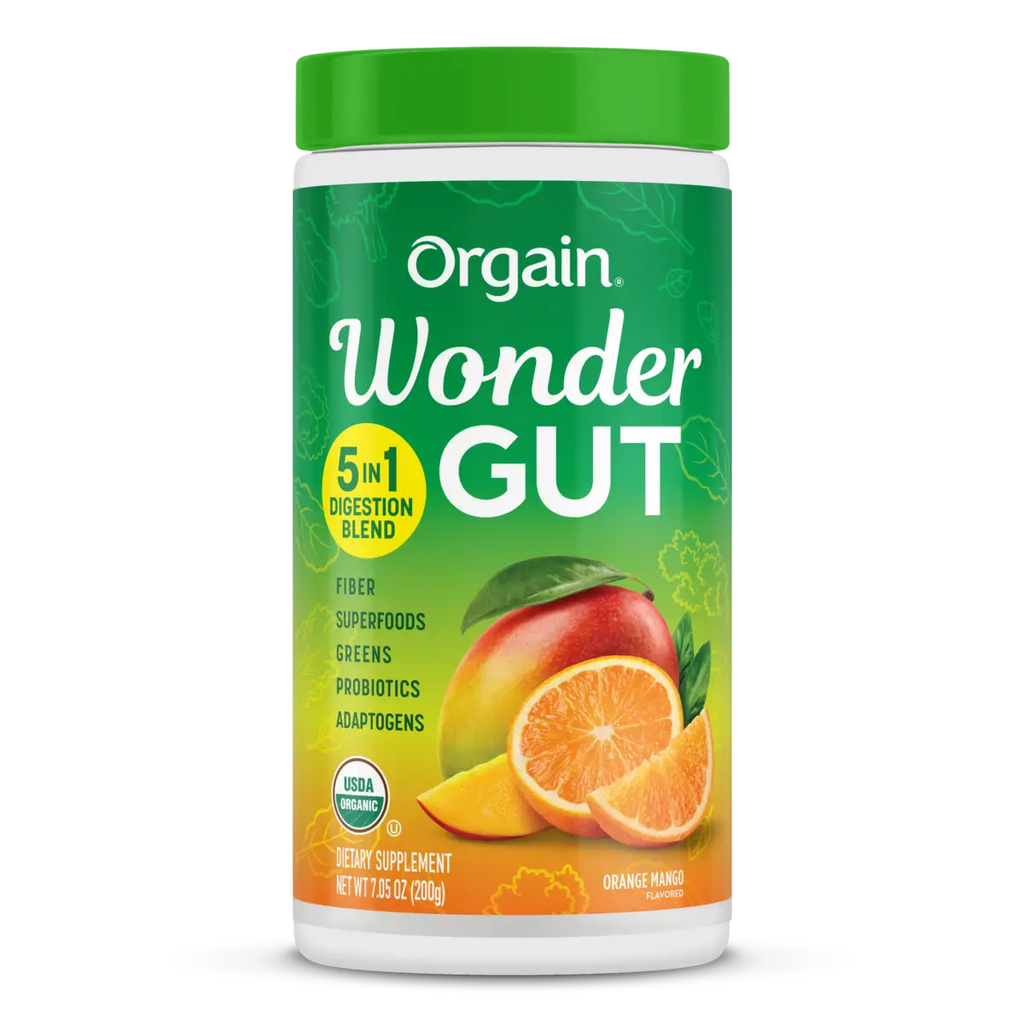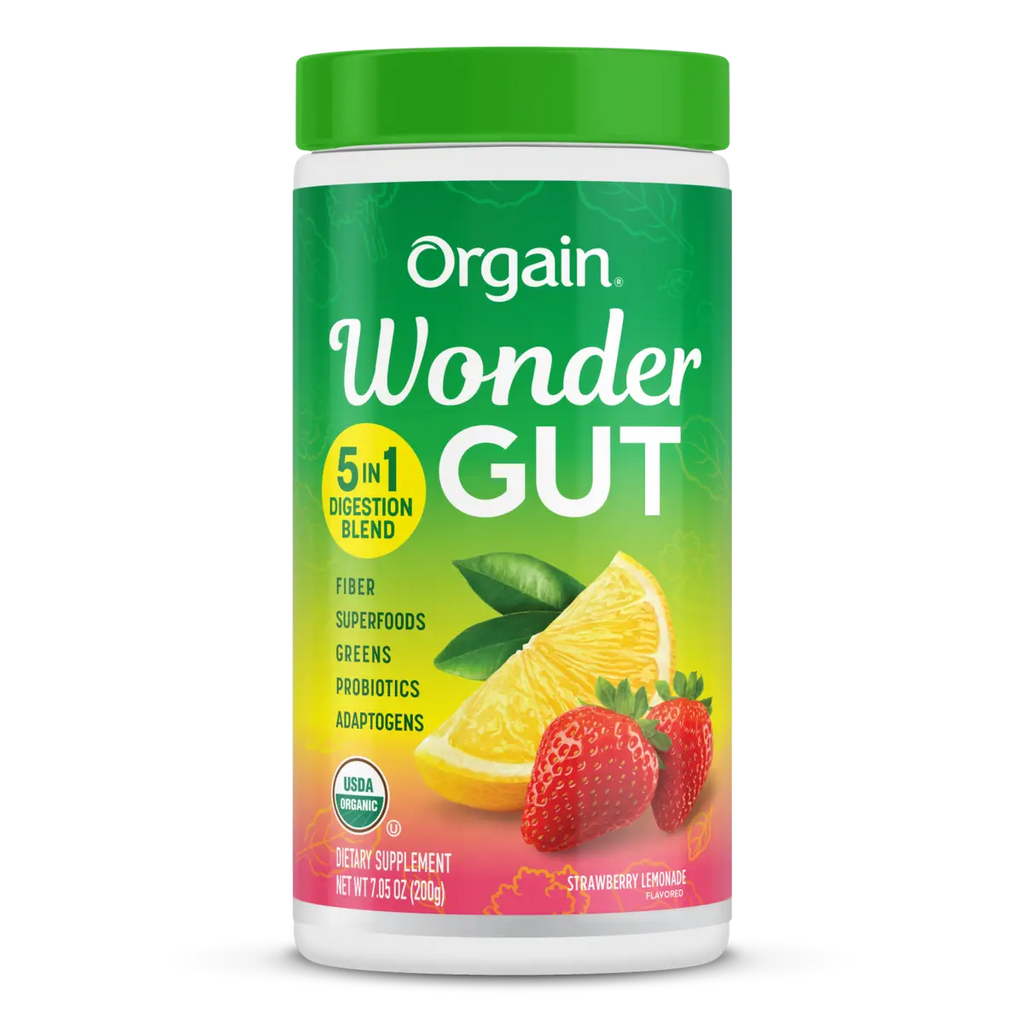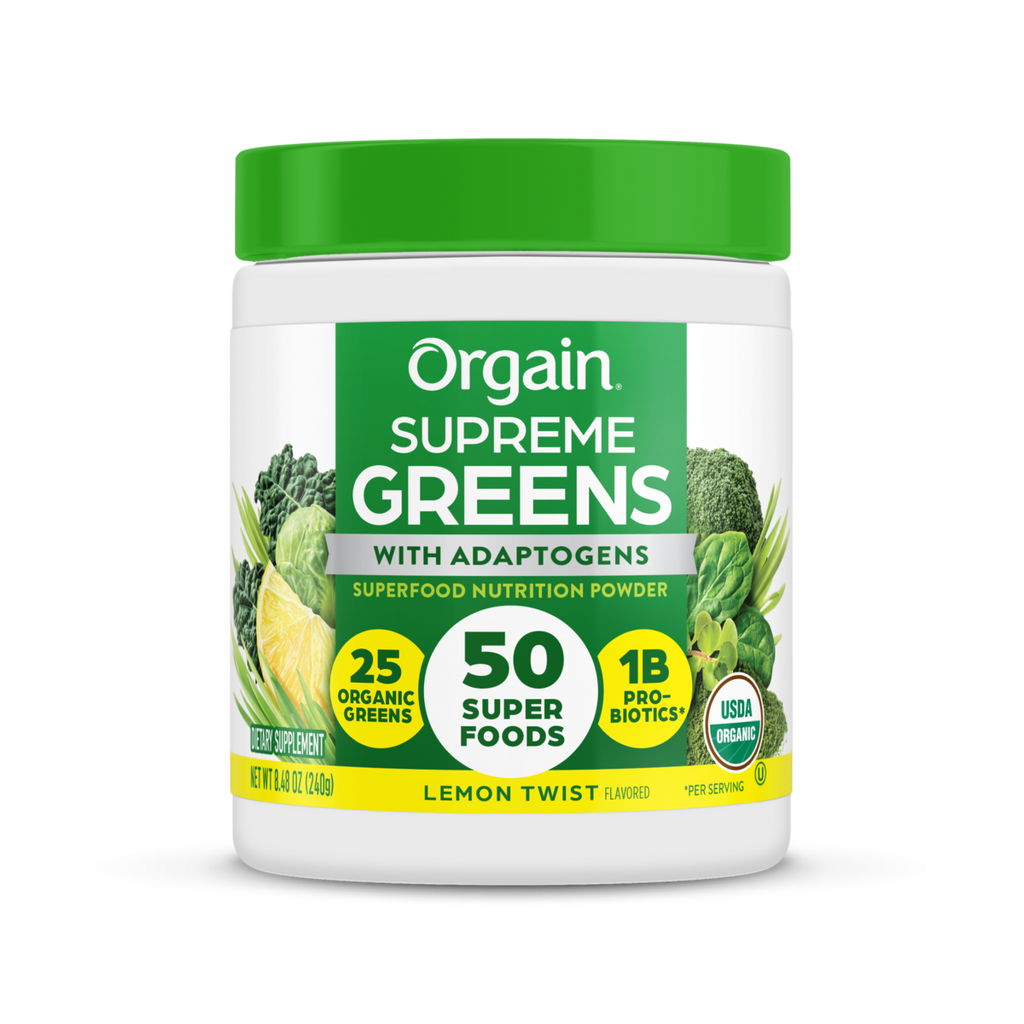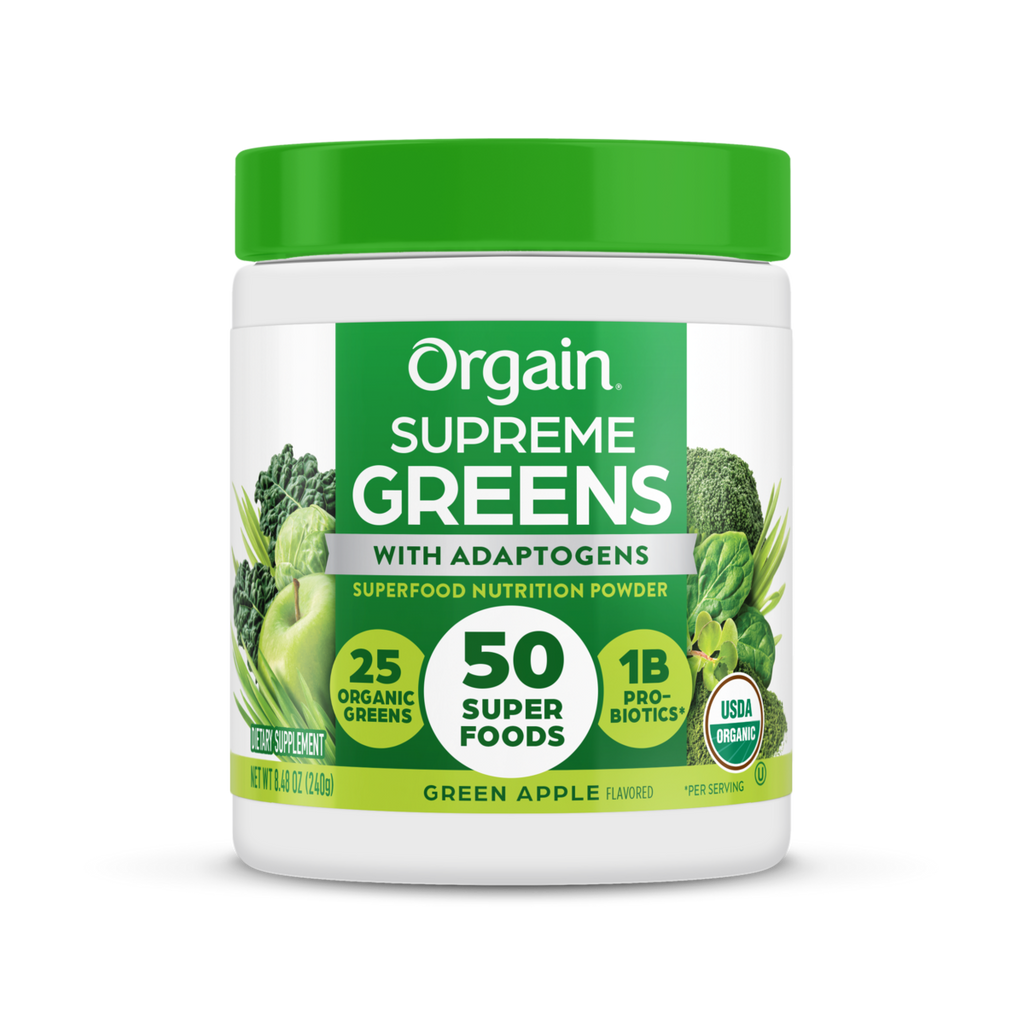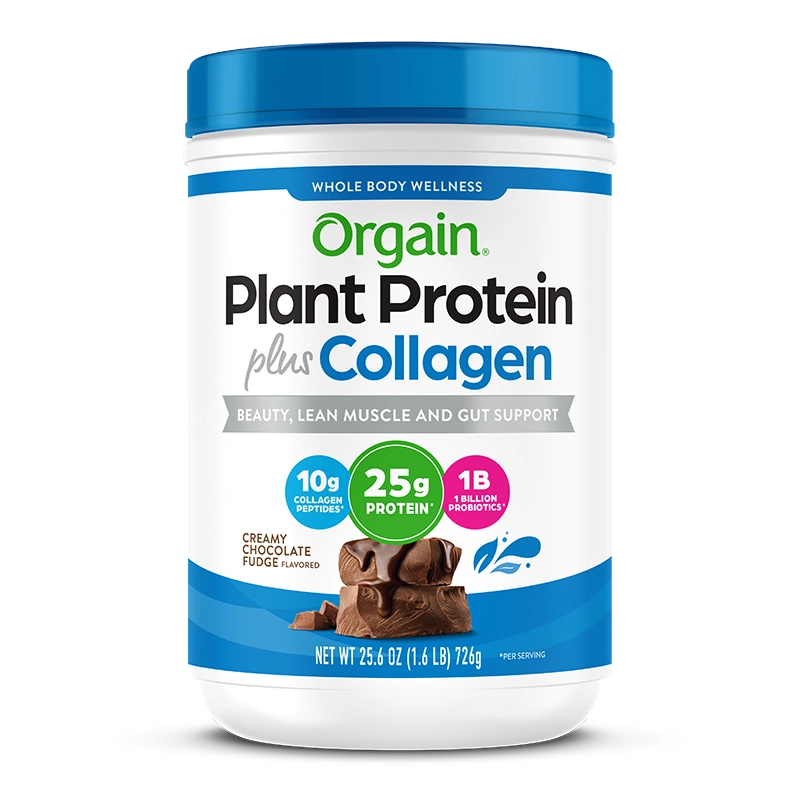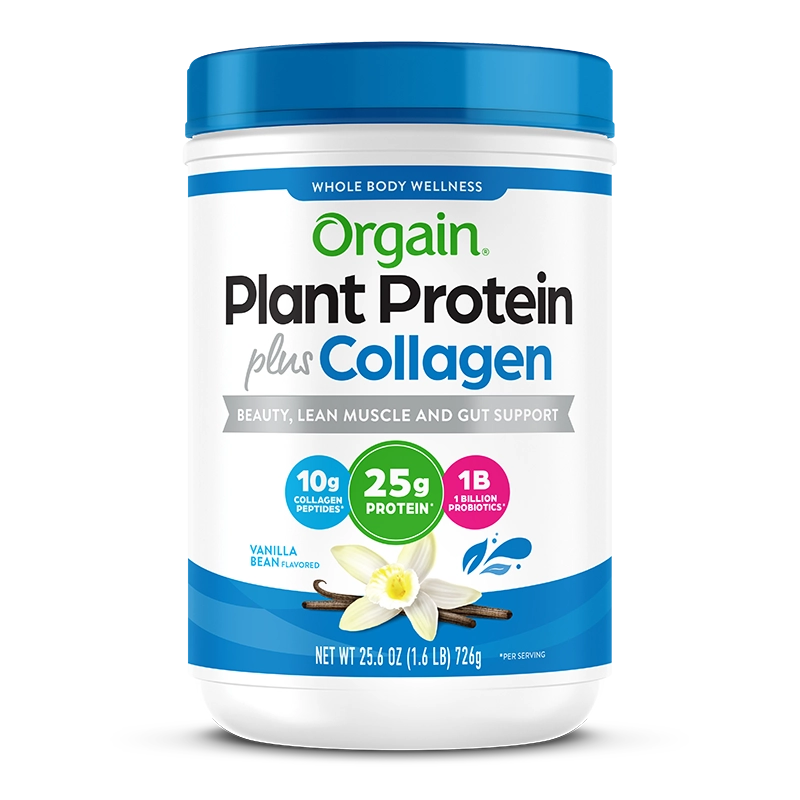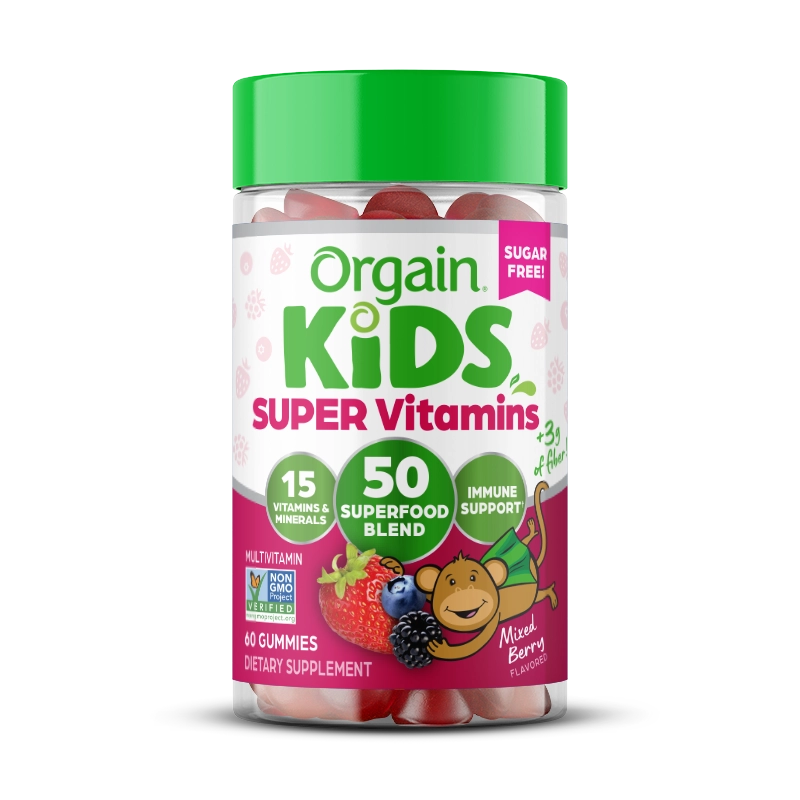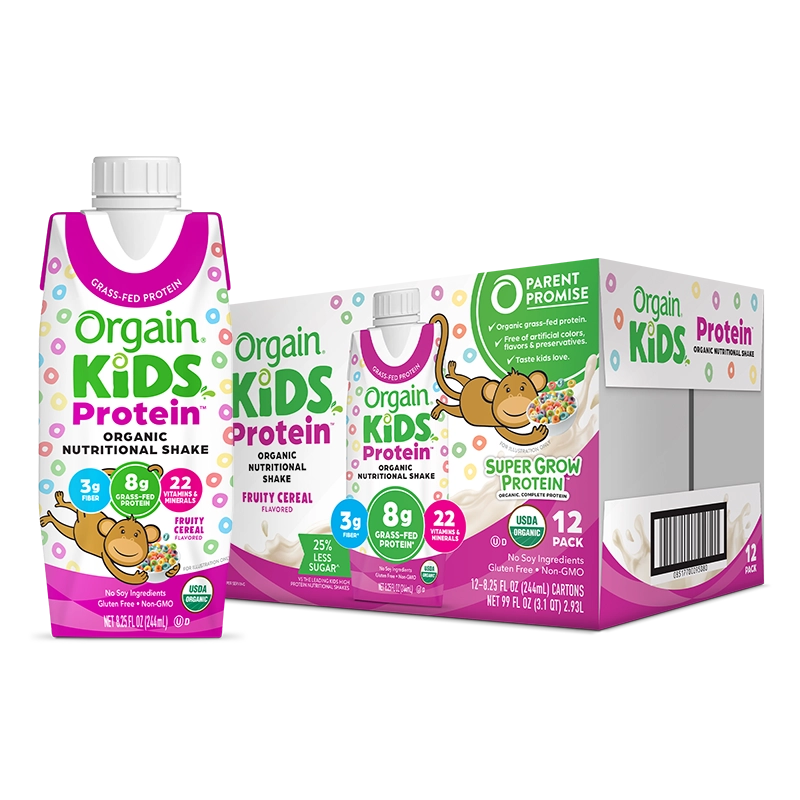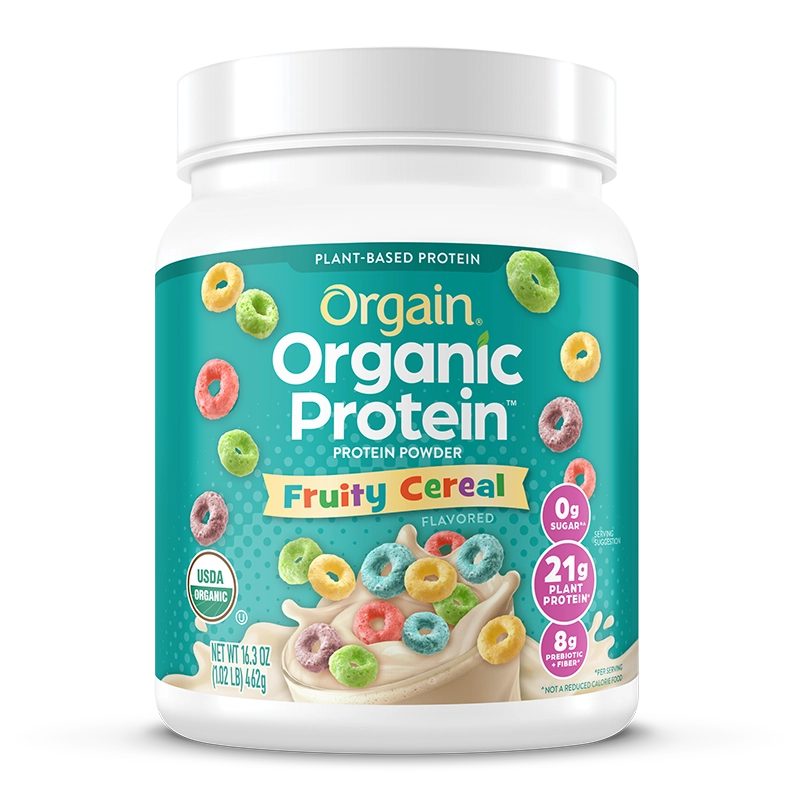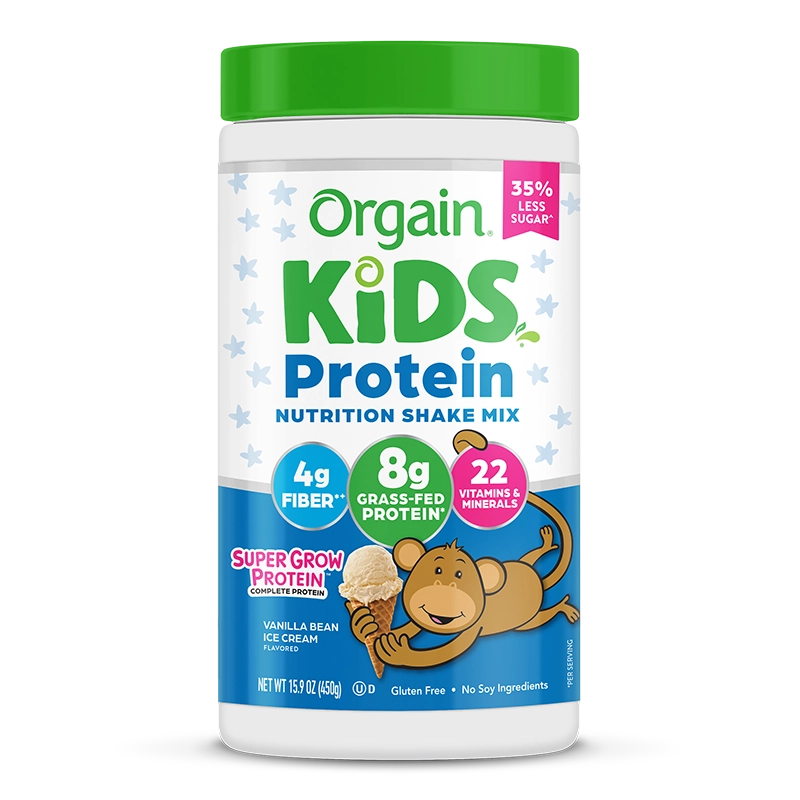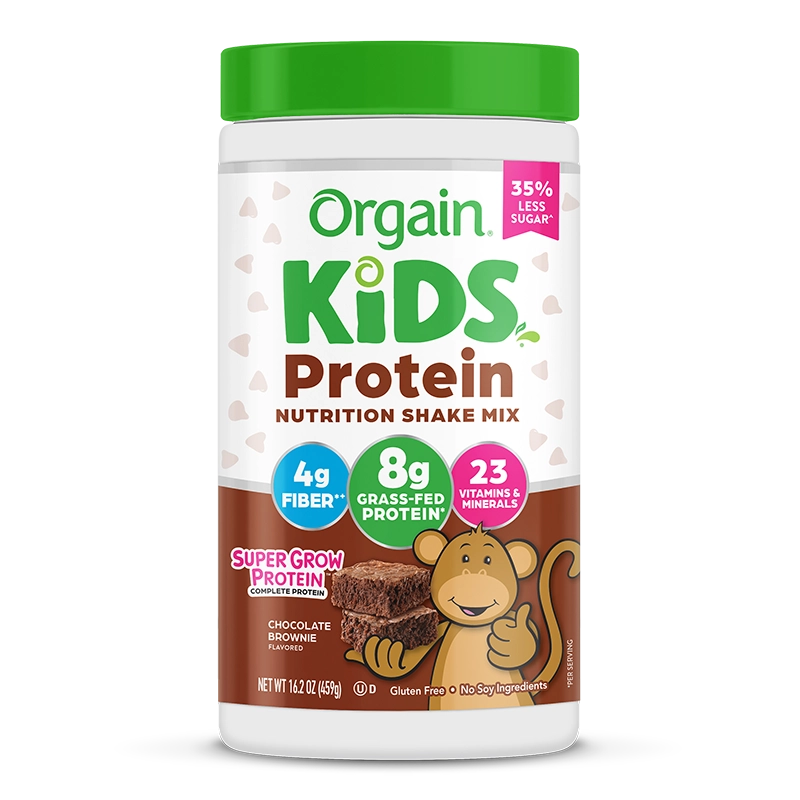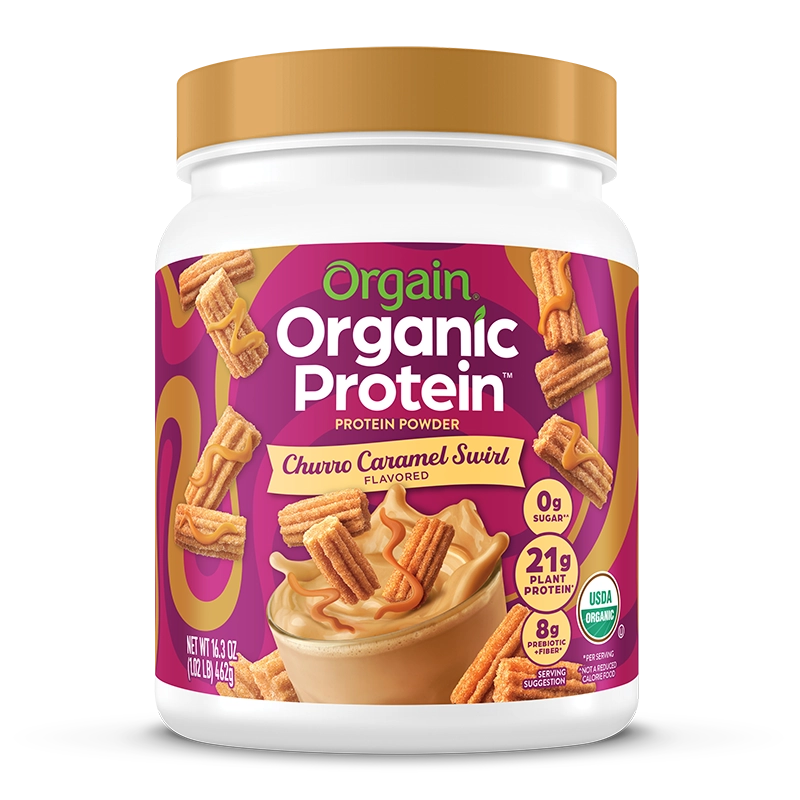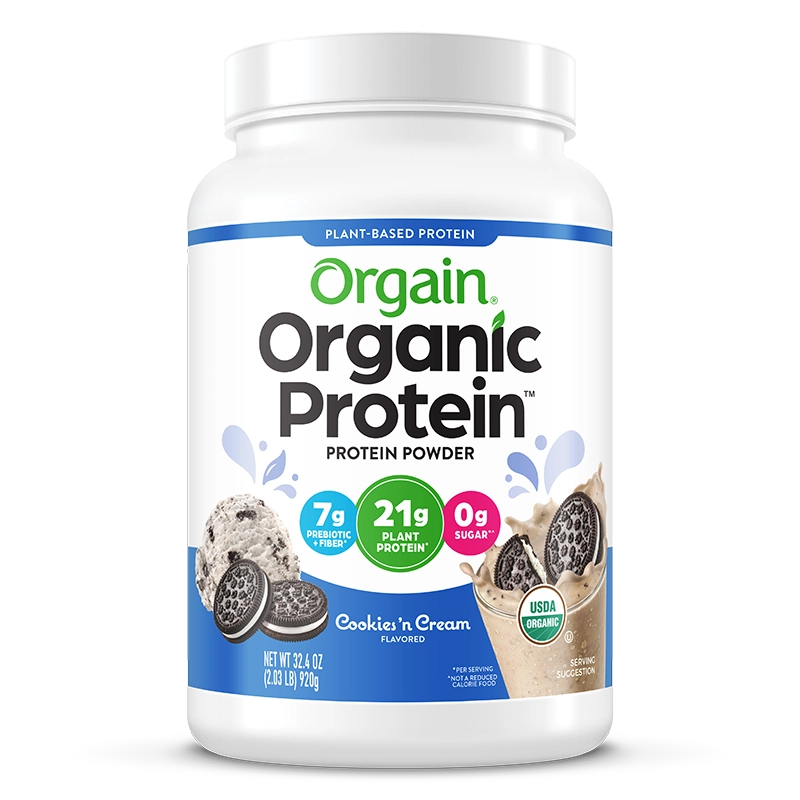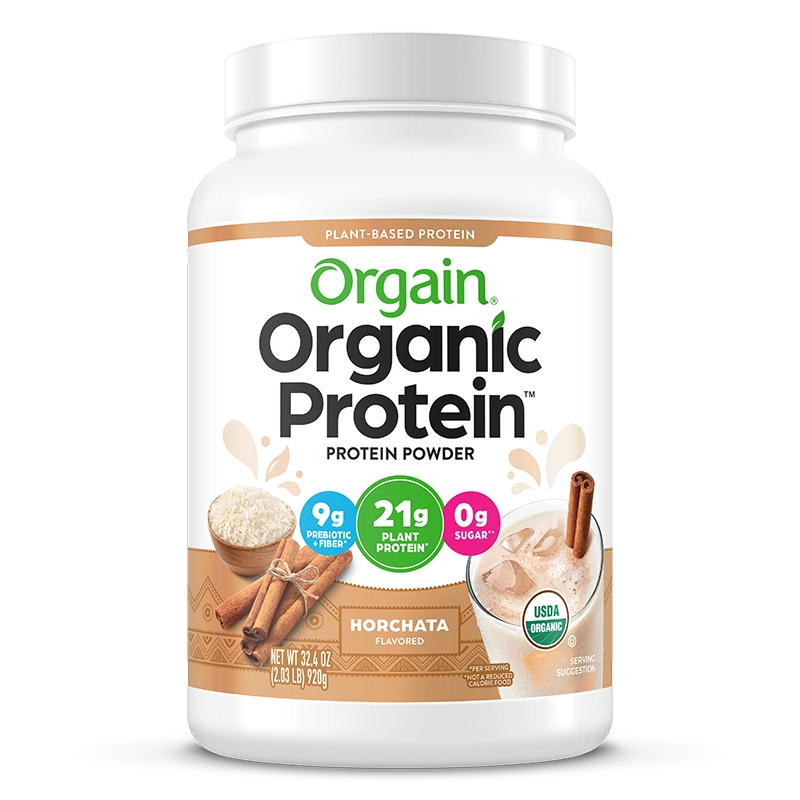According to the Mayo Clinic, the number of people adhering to a gluten-free diet in the United States tripled during the five year period from 2009 to 2014. Gluten-free diets have become increasingly common as more people explore the diet in order to live a healthier lifestyle, improve digestive symptoms, and feel better overall.
If you’re considering making the switch, we’ve put together a guide for beginners on how to go gluten-free.
What is gluten?
The term “gluten” is used to refer to a family of proteins that are found in grains like wheat, rye, barley, and triticale, which is a cross between wheat and rye. The two main proteins in the gluten family include glutenin and gliadin.
Gluten is only found naturally in these four foods, but many packaged and processed foods contain ingredients that include gluten. As a result, even products that you would not expect to contain gluten, like sauces or beverages, may contain gluten.
Contrary to popular belief, “gluten” is not a synonym for “bread” or “carbohydrates,” and it is not found in foods like rice or potatoes. For people with a celiac disease, a gluten allergy, or a gluten sensitivity, the consequences of unintentionally eating gluten can cause a variety of uncomfortable symptoms.
Why do people go gluten free?
There are lots of different reasons why people decide to go gluten free, but the most common include suffering from medical conditions like celiac disease, non-celiac gluten sensitivity, and wheat allergy. Other people simply want to eat a healthier diet and believe that eating a gluten free diet will help them achieve that goal.
Celiac disease
Celiac disease is an autoimmune disorder that represents the most severe form of gluten intolerance. Approximately one percent of the population is believed to have celiac disease, but up to 83 percent of those individuals are either undiagnosed or misdiagnosed. Celiac disease is believed to be genetic and can affect people of all genders, ages, and races.
The condition causes the body to treat gluten as a foreign invader that must be attacked by the immune system, resulting in symptoms like damage to the gut wall, anemia, increased risk of a variety of diseases, and severe digestive issues.
Some of the most common complaints of celiac disease include:
- Damage to the small intestine
- Diarrhea
- Bloating
- Constipation
- Unexplained weight loss
- Foul smelling feces
- Headache
- Skin rashes
- Depression
- Tiredness
Non-celiac gluten sensitivity
While celiac disease is relatively rare, many people have a negative reaction to gluten but do not have celiac disease. These individuals are said to have a condition called non-celiac gluten sensitivity, and the condition is estimated to affect anywhere from 0.5 to 13 percent of the population.
There is some disagreement on whether or not non-celiac gluten sensitivity is a legitimate condition, with some doctors believing that the individuals are responding to other substances or ingredients that are causing the adverse effects.
Symptoms associated with non-celiac gluten sensitivity include:
- Diarrhea
- Tiredness
- Depression
- Stomach pain
- Bloating
Wheat allergy
People who have a wheat allergy typically follow a gluten-free diet in order to avoid an allergic reaction. However, these individuals may be able to safely consume barley or rye, which does contain gluten but does not contain wheat.
Is eating gluten-free healthier?
People who are able to eat gluten without experiencing symptoms like digestive discomfort may still choose to eat a gluten-free diet due to a belief that this type of diet is healthier.
At first glance, this reasoning makes sense. Gluten is commonly found in foods that are high in carbohydrates and are highly processed, including bread, pasta, and baked goods, eliminating these foods from your diet can be a healthy choice. Foods that are naturally gluten-free include fruits, vegetables, beans, nuts, dairy products, lean meats, and gluten-free grains like rice and oats. If you remove processed foods that contain gluten and replace them with whole foods like those previously mentioned, a gluten free diet can be a much healthier choice.
However, foods are not inherently healthy just because they are gluten-free. Gluten-free ingredients can be used to create gluten free versions of foods like bread, pasta, and baked goods, and these products are often packed with added sugars, empty starches, afat, and calories in order to improve their taste. Gluten-free diets can also be associated with a diet that is low in fiber and lacking in certain micronutrients, including vitamin D, vitamin B12, folate, zinc, iron, calcium, and magnesium. However, eating a healthy gluten free diet is possible.
What does a healthy gluten free diet look like?
The healthiest way to approach a gluten-free diet is to try to incorporate as many naturally gluten-free whole foods as possible, including lean meats, fish, fruits, vegetables, nuts, sees, beans, and gluten-free grains like rice, quinoa, millet, and buckwheat.
Nutritious whole foods should be the main staple of your diet regardless if you’re gluten-free or not, so that part is relatively easy. The more challenging part is resisting the temptation to load up on processed gluten-free substitutes like gluten-free pizza, gluten-free brownies, gluten-free cereals, cakes, or other highly processed products.
As noted above, these items are often higher in sugar, fat, and calories than their gluten-containing counterparts and aren’t healthy just because they are gluten-free. You’ll also need to watch out for hidden gluten that pops up in less obvious places, like flavored chips, marinades and sauces, fake meats, and energy bars.
How do I know if a food contains gluten?
In order to identify if a food contains gluten, you can start by checking the label to see if it is marked as certified gluten-free. If it’s not, check the label for ingredients such as wheat, barley, rye, malt, brewer’s yeast, and oats. While oats are naturally gluten-free, they are often contaminated with gluten because they are grown near crops that contain gluten, so you’ll need to look for oatmeal that is specifically marked as gluten-free.
Common items that often contain hidden gluten include:
- Soy sauce that is not specifically marked gluten free
- Cream-based soups, which often use flour as a thickening agent
- Vegetarian “meats” made with seitan
- Imitation crab used in sushi
- Salad dressings
- Marinades
- Candy bars
- Flavored chips or nuts, as the flavoring often contains gluten
- Energy bars
If you’re not sure if an item contains gluten, it’s best to wait until you can confirm that it is gluten-free instead of trying it and suffering from a negative reaction. Of course, the safest option is to purchase products that are certified gluten-free and state this on the label.
How do I eat gluten free at a restaurant?
Dining at a restaurant while following a gluten free diet can be a challenge. The first step is to ask if a restaurant has a gluten free menu or if any items on their menu can be made gluten-free. However, it’s also important to ask more questions from there.
Cross-contamination can occur if your meal is cooked on the same grill as items that contain gluten, if your french fries are cooked in the same oil that fries breaded items like mozzarella sticks, or your pasta is cooked in the same water as other pasta.
If you plan to order a salad, make sure to ask about the ingredients of the salad dressing, and if you are ordering soup, ask if flour is used to thicken the soup. As long as you ask politely, the staff should be happy to answer your questions.
Summary
Eating a gluten-free diet can be challenging at first, but once you know how to spot hidden gluten in your favorite foods, you can easily make the switch. Make sure to incorporate naturally gluten free whole foods into your diet rather than simply replacing processed foods like bread, baked goods, and pasta with their gluten free versions, as they are often higher in fat, sugar, and calories than the original product.
Look for foods and supplements that are certified gluten-free in order to minimize your risk of accidentally eating gluten and meet your nutritional needs.
Sources:
